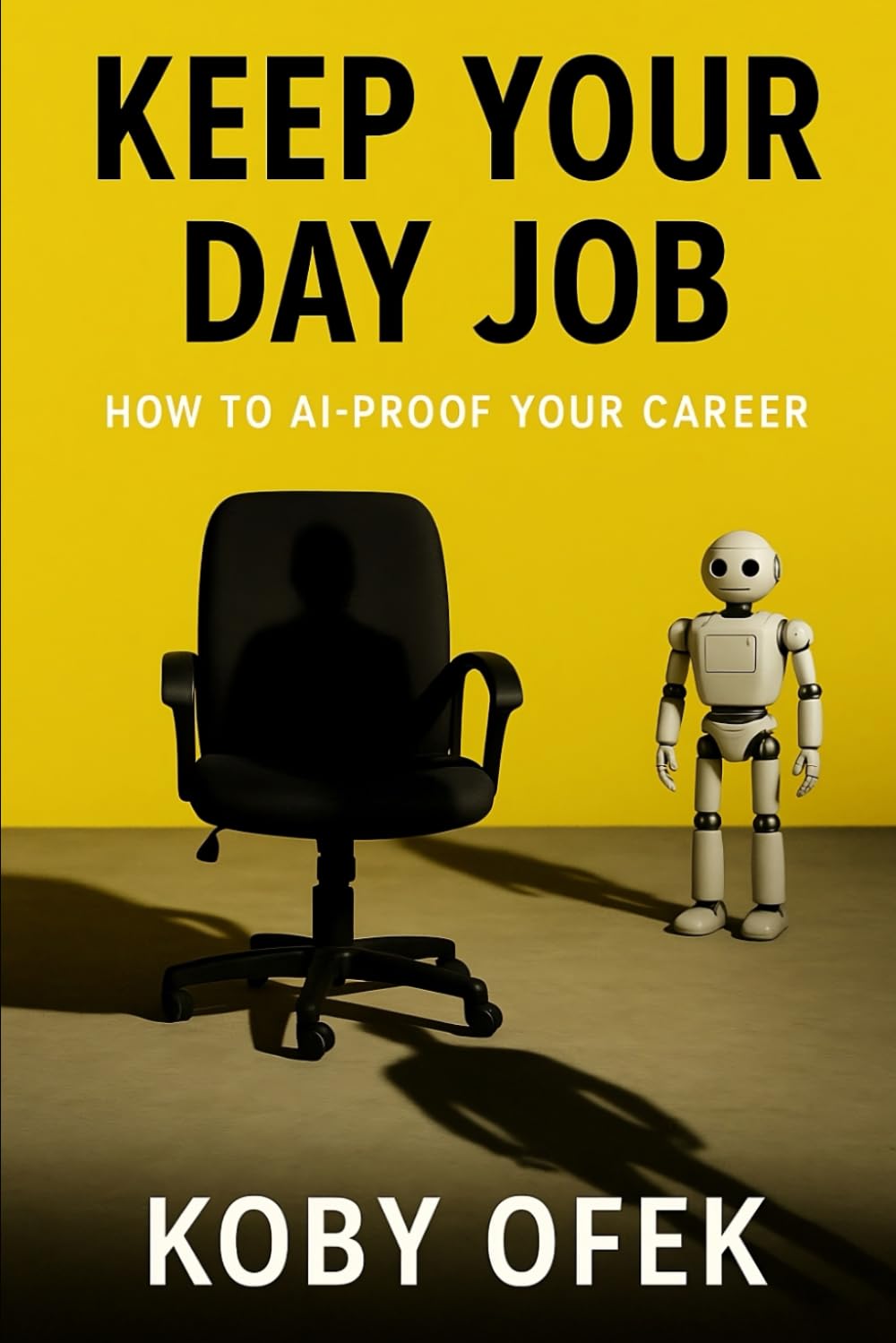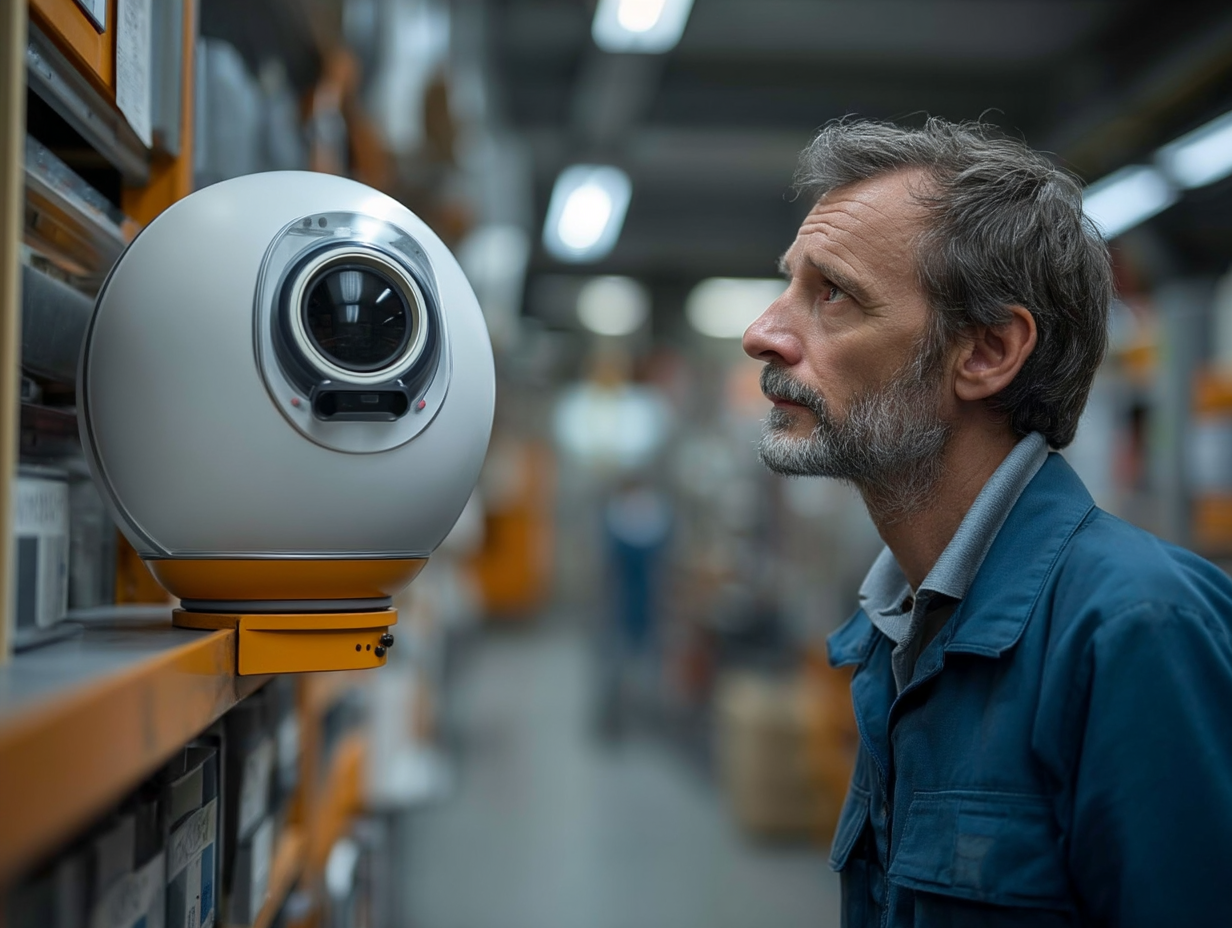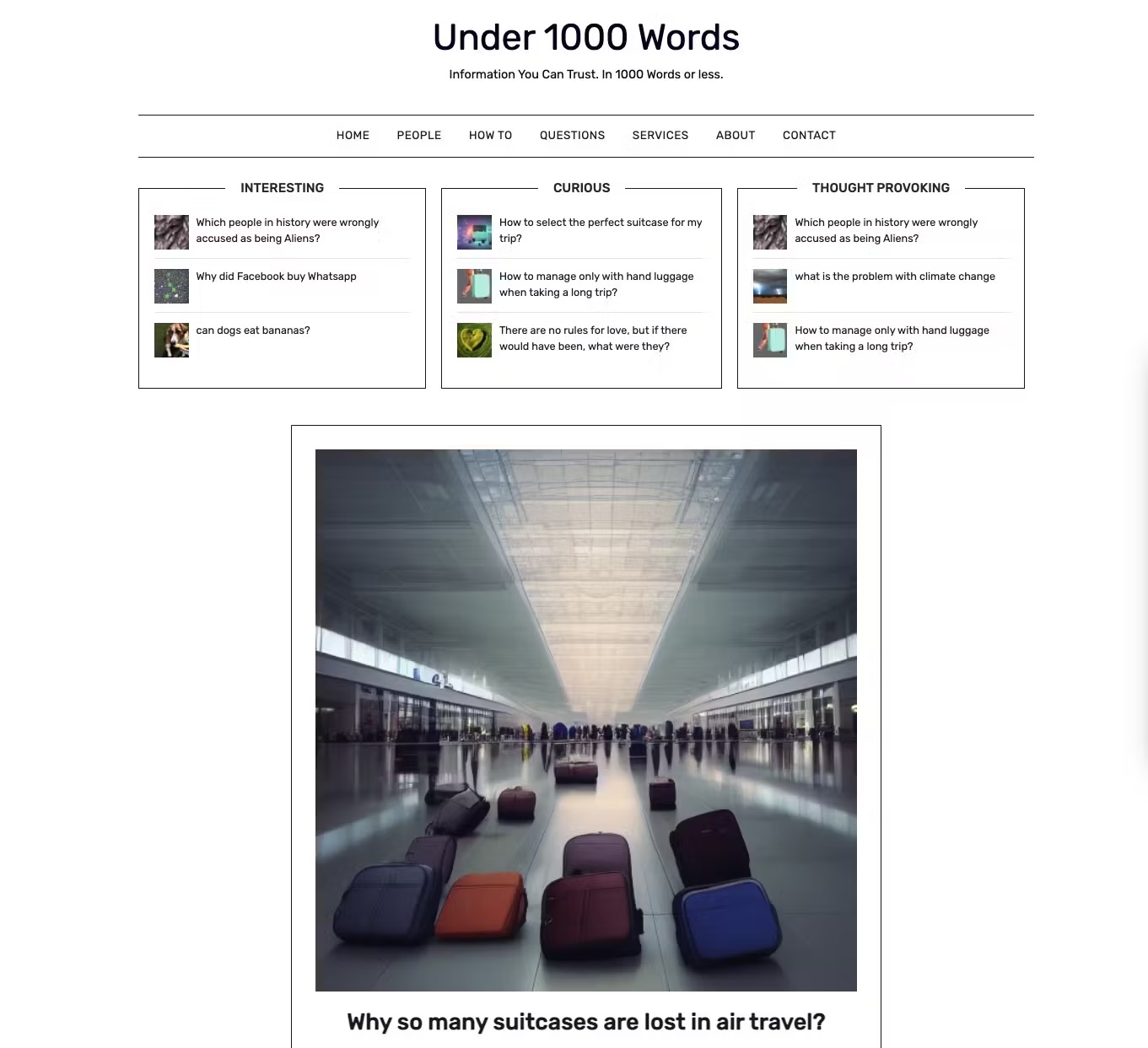The Hum Under the Floorboards: Why I Wrote Keep Your Day Job

There’s a question buzzing in the background radiation of our times, a low-frequency hum beneath the daily noise: "What happens when the algorithms get really good?" It’s not the stuff of science fiction anymore; it's the memo landing in your inbox, the subtle shift in your team's workflow, the project suddenly completed by a tool you didn’t know existed. Having spent years navigating the intersection of media, tech, and entrepreneurship, and now advising organizations on the front lines of AI implementation, I've had a unique vantage point to observe this transition firsthand. I can tell you: the ground is shifting beneath our feet, impacting real jobs and demanding answers now.
This isn't just about efficiency or productivity gains, though those are certainly part of the corporate calculus. It cuts deeper, touching anxieties flagged by thinkers who peered into the future long before ChatGPT became a household name. What happens when our hard-won skills start losing their economic value, as historian Yuval Noah Harari has pondered? Or when the very nature of work feels hollowed out, automated not just in its drudgery but potentially in its meaning, echoing David Graeber's warnings about "bullshit jobs" perhaps finding their ultimate digital expression?
We stand at a peculiar crossroads. On one hand, AI promises liberation from the mundane, the cognitive equivalent of the washing machine freeing up hours of domestic labor. It can augment our abilities, acting as a tireless research assistant, a brilliant brainstorming partner, a diagnostic aide spotting patterns invisible to the human eye. This is the optimistic path, the "augmentation" route championed by economists like Daron Acemoglu, where technology amplifies human judgment, creativity, and connection.
But there's another path, a less sunny one, where automation isn’t just “so-so,” as Acemoglu warns, but aggressively optimized for cost-cutting above all else. This path leads towards a future where efficiency gains aren't broadly shared, where the focus is purely on replacing tasks, potentially leading towards Harari’s chilling vision of a "useless class" – not useless in spirit, but economically redundant. It taps into anxieties about maintaining dignity when our contributions change, a concern explored by philosopher Michael Sandel.
Keep Your Day Job was born from navigating this tension, from observing these shifts firsthand from multiple angles. It argues that passively waiting for disruption is the riskiest strategy. The book isn't a crystal ball, nor is it a Luddite's lament. Instead, it's built on a few core assumptions about how the next decade might unfold, assumptions grounded in the patterns of past technological shifts and the current trajectory of AI:
The Acceleration Won't Wait: Forget gradual change. AI capabilities are advancing at a blistering pace, compressing adoption cycles from years to months. What feels like a niche tool today could be embedded in your workflow by next quarter. The gradient is getting steeper before it levels.
Comparative Advantage Shrinks to the Human Core: As AI masters routine cognitive tasks (the spreadsheet crunching, the first-draft writing, the basic analysis), the durable human advantage lies where algorithms falter. Think complex ethical judgment, deep empathy, nuanced strategic thinking, creative originality that transcends mimicry, and the fundamental ability to take accountability. This is the terrain of the "Human Latency Premium" – where waiting for human insight is valued over algorithmic speed.
Adaptation is Personal Before It's Institutional: While organizations talk about reskilling, the reality is that institutional change often lags behind technological leaps. The immediate responsibility—and opportunity—ricochets back to the individual. Understanding your own "Task DNA," recognizing which parts of your job are becoming automatable "Ghost Town" chores, and proactively building your "Skill Barbell" – pairing deep human expertise with essential AI fluency – becomes the critical survival strategy.
History offers perspective, if not precise blueprints. Every major technological disruption, from the power loom to the internet, sparked panic before ultimately forging new paths and roles. The pattern isn’t usually outright extinction, but transformation. The challenge lies in navigating the messy transition, in learning to adapt faster than the algorithms evolve.
That's the "why" behind the book. Keep Your Day Job is designed as a practical toolkit for that navigation. It’s about swapping passive anxiety for active adaptation, learning to diagnose your vulnerabilities, run lean experiments with AI tools, and strategically invest in the skills that make you uniquely human.
The future isn't predetermined; it's being written line by line, algorithm by algorithm, choice by choice. My hope is that this book offers a useful framework for writing your own resilient chapter.
Find Keep Your Day Job: How to AI-Proof Your Career here: https://www.amazon.com/Keep-Your-Day-Job-AI-Proof/dp/B0F62WD6RM/

